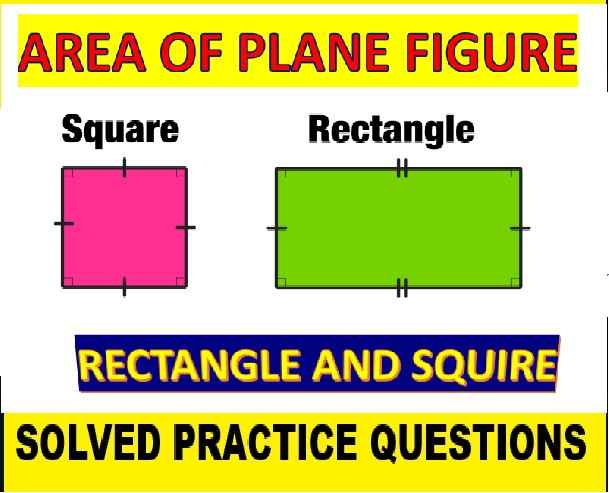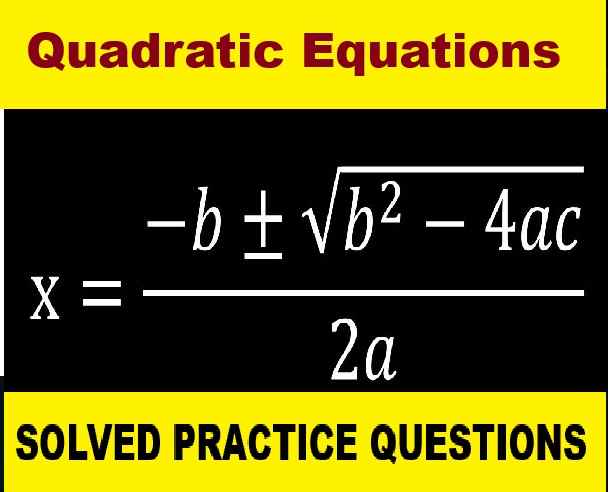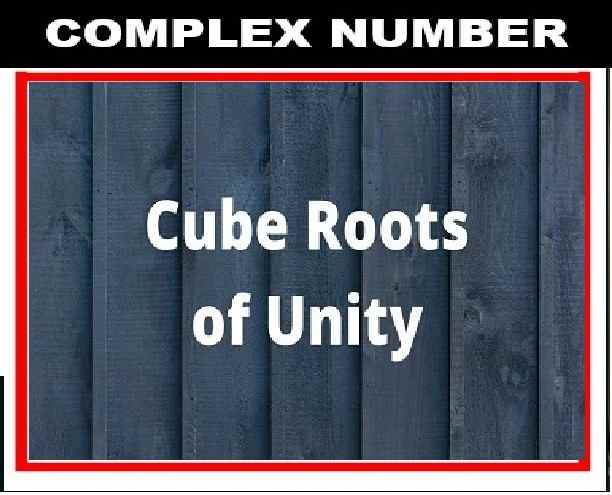ML Aggarwal Rational and Irrational Number Exe-1.6 Class 8 ICSE Maths Solutions. We Provide Step by Step Answer of Exe-1.6 Questions for Rational and Irrational Number as council prescribe guideline for upcoming board exam. Visit official Website CISCE for detail information about ICSE Board Class-8.
ML Aggarwal Rational and Irrational Number Exe-1.6 Class 8 ICSE Maths Solutions
| Board | ICSE |
| Publications | Avichal Publishig Company (APC) |
| Subject | Maths |
| Class | 8th |
| Chapter-1 | Rational and Irrational |
| Writer | ML Aggarwal |
| Book Name | Understanding |
| Topics | Solution of Exe-1.6 Questions |
| Edition | 2023-2024 |
Rational and Irrational Number Exe-1.6
ML Aggarwal Class 8 ICSE Maths Solutions
Page-28
Question 1. In a bag, there are 20 kg of fruits. If 7(1/6) kg of these fruits be oranges and 8(2/3) kg of thee are apples and rest are grapes. Find the mass of the grapes in the bag.
Answer :
Total fruits in a bag = 20 kg
Oranges = 7(1/6)kg i.e 43 / 6 kg
Apples = 8(2/3)kg i.e 26 / 3 kg
Remaining fruits in a bag = 20 – {(43 / 6) + (26 / 3)} kg
= 20 – {(43 + 52) / 6}
On further calculation, we get
= 20 – (95 / 6)
= (120 – 95) / 6
= 25 / 6
= 4(1/6)kg
Hence, the mass of the grapes in the bag is 4(1/6)kg
Question 2. The population of a city is 6,63,432. If 1/2 of the population are adult males and 1/3 of the population are adult females, then find the number of children in the city.
Answer :
Population of a city = 6,63,432
Number of adult males = 1/2 of 6,63,432 = 3,31,716
Number of adult females = 1/3 of 6,63,432 = 2,21,144
Remaining population = 6,63,432 – (3,31,716 + 2,21,144)
= 6,63,432 – 5,52,860
= 1,10,572
Number of children = 1,10,572
Question 3. In an examination, 400 students appeared. If 2/3 of the boys and all 130 girls passed in examination, then find how many boys failed in examination?
Answer :
Number of students appears = 400
Number of boys = 2/3 of total boys passed the examination
and all girls 130 passed
Number of total boys = 400 – 130 = 270
Number of students passed = 2/3 of 270 = 180
and number of boys failed = 270 – 180 = 90
Question 4. A car is moving at the speed of 40(2/3) km/h. Find how much distance will it cover in 9/10 hrs?
Answer :
Speed of a car =40(2/3) km / h = 122 / 3 km / h
Distance covered in 9 / 10 hour can be calculated as follows:
Distance = (122 / 3) × (9 / 10)
= 366 / 10
We get,
= 36.6 km
= 36(3/5) km
Therefore, the distance covered by the car in 9 / 10 hours is 36(3/5) km
Question 5. Find the area of a square lawn whose one side is 5(7/9) m long.
Answer :
One side of a square lawn = 5(7/9)m = 52 / 9 m
The area of a square lawn can be calculated as follows:
Area = (side)2
= (52 / 9)2
= 2704 / 81 sq. m
= 33(31/81) sq. m
Therefore, the area of a square lawn is 33(31/81) sq. m
Question 6. Perimeter of a rectangle is 15(3/7) m. If the length is 4(2/7) m, find its breadth.
Answer :
The perimeter of a rectangle = 15(3/7)m
= 108 / 7 m
Length + Breadth = (108 / 7) ÷ 2
= (108 / 7) × (1 / 2)
We get,
= 54 / 7 m
Given length = 4(2/7)
= 30 / 7 m
Hence, the breadth of a rectangle can be calculated as,
Breadth = (54 / 7) – (30 / 7)
= 24 / 7
= 3(3/7)m
Therefore, the breadth of a rectangle is 3(3/7)m
Question 7. Rahul had a rope of 325(4/5) m long. He cut off a 150(3/5)m long piece, then he divided the rest of the rope into 3 parts of equal length. Find the length of each part.
Answer :
Length of a rope = 325(4/5)m
Length of one piece of rope after cut off = 150(3/5)m
The remaining length of a rope can be calculated as shown below:
= 325(4/5) – 150(3/5)
We get,
= 175(1/5) m
= 876 / 5 m
This length divided into three equal parts
So, the length of each part can be calculated as follows:
Length of each part = (876 / 5) ÷ 3
= (876 / 5) × (1 / 3)
= 292 / 5 m
= 58(2/5)m
Hence, the length of each part of a rope is 58(2/5)m
Question 8. If 3(1/2) litre of petrol costs ₹ 270(3/8) then find the cost of 4 litre of petrol.
Answer :
Cost of 3(1/2) litre = 7 / 2 litre of petrol = Rs 270(3/8)
= Rs 2163 / 8
Hence, the cost of one litre can be calculated as shown below:
Cost of one litre = Rs (2163 × 2) / (8 × 7)
The cost of 4 litres of petrol can be calculated as shown below:
Cost of 4 litre = Rs (2163 × 2 ×4) / (8 × 7)
= Rs 309
Hence, the cost of 4 litres of petrol is Rs 309.
Question 9. Ramesh earns ₹ 40,000 per month. He spends 3/8 of the income on food, 1/5 of the remaining on LIC premium and then .. of the remaining on other expenses. Find how much money is left with him?
Answer :
Monthly earnings of Ramesh = ₹ 40000
Expenditure on food = 3/8 of ₹ 40000 = ₹ 15000
Remaining income = 40000 – 15000 = ₹ 25000
Expenditure on LIC premium = 1/5 of ₹ 25000 = ₹ 5000
Remaining amount = ₹ 25000 – ₹ 5000 = ₹ 20000
Expenditure on other expenses = 1/2 of ₹ 20000 = ₹ 10000
Remaining amount left = ₹ 20000 – ₹ 10000 = ₹ 10000
Question 10. A, B, C, D and E went to a restaurant for dinner. A paid (1/2) of the bill, B paid 1/5 of the bill and rest of the bill was shared equally by C, D and E. What fraction of the bill was paid by each?
Answer :
Let us consider the total bill of the restaurant = 1
Bill paid by A = 1 / 2
Bill paid by B = 1 / 5
The remaining bill can be calculated as below:
Remaining bill = 1 – {(1 / 2) + (1 / 5)}
= 1 – {(5 + 2) / 10}
= 1 – (7 / 10)
= 3 / 10
Shares of the three persons = (3 / 10) ÷ 3
= (3 / 10) × (1 / 3)
= 1 / 10
Hence, each paid (1 / 10) of the bill.
Rational and Irrational Number Exe-1.6
ML Aggarwal Class 8 ICSE Maths Solutions
Page-29
Question 11. 2/5 of total number of students of a school come by car while 1/4 of students come by bus to school. All the other students walk to school of which 1/3 walk on their own and the rest are escorted by their parents. If 224 students come to school walking on their own, how many students study in the school?
Answer :
Let the total number of students be 1
Students who come by car = 2 / 5
Students who come by bus = 1 / 4
Students who come by walking = 1 / 3 of remaining
Rest students = 1 – (2 / 5 + 1 / 4)
= 1 – (8 + 5) / 20
= 1 – (13 / 20)
= 7 / 20
The number of students who come by walking can be calculated as shown below:
Number of students who come by walking = 1 / 3 of 7 / 20
= 7 / 60
7 / 60 of the total students = 224
Total students = (224 × 60) / 7
= 32 × 60
= 1920
Therefore, 1920 students study in the school.
Question 12. A mother and her two sons got a room constructed for ₹ 60,000. The elder son contributes 3/8 of his mother’s contribution while the younger son contributes 1/2 of his mother’s share. How much do the three contribute individually?
Answer :
The cost of a room = Rs 60,000
Elder son’s contribution = 3 / 8 of his mother’s contribution
Younger son’s contribution = 1 / 2 of his mother’s share
Let the mother’s contribution be 1
Elder son’s contribution = 3 / 8
Younger son’s contribution = 1 / 2
Now,
Ratios in their share = 1: (3 / 8): (1 / 2)
= 8: 3: 4
Sum of ratios = 8 + 3 + 4
= 15
Mother’s share = (60000 × 8) / 15
= Rs 32000
Elder son’s share = (60000 × 3) / 15
= Rs 12000
Younger son’s share = (60000 × 4) / 15
= Rs 16000
Question 13. In a class of 56 students, the number of boys is 2/5 th of the number of girls. Find the number of boys and girls.
Answer :
Total number of students in a class = 56
Let the number of girls be 1
Then, the number of boys will be = 2 / 5 of 1
= 2 / 5
Ratios in girls and boys = 1: (2 / 5)
= 5: 2
Number of girls = {56 / (5 + 2)} × 5
= (56 / 7) × 5
= 40
And number of boys = (56 / 7) × 2
= 16
Hence, number of boys = 16 and number of girls = 40
Question 14. A man donated 1/10 of his money to a school, 1/6 th of the remaining to a church and the remaining money he distributed equally among his three children. If each child gets ₹ 50000, how much money did the man originally have?
Answer :
Let total money of a man = 1
Amount donated to a school = 1/10
Remaining money = 1 – 1/10. = 9/10
Money donated to a church = 1 / 6 of 9 / 10
= 3 / 20
Hence, the remaining money = (9 / 10) – (3 / 20)
= (18 – 3) / 20
= 15 / 20
A man divides equally to his three children
Hence,
Share of each child = (15 / 20) ÷ 3
= (15 / 20) × (1 / 3)
= 1 / 4
Here, each child gets Rs 50000
Hence, his total money = Rs 50000 × (4 / 1) = Rs 200000
Question 15. If 1/4 of a number is added to .. of that number, the result is 15 greater than half of that number. Find the number.
Answer :
Let a number be = x
Then according to the condition,
(1 / 4) x + (1 / 3) x – (1 / 2) x = 15
(3x + 4x – 6x) / 12 = 15
(1 / 12) x of a number = 15
x = 15 × 12 / 1
x = 180
Hence, the required number is 180
Question 16. A student was asked to multiply a given number by 4/5 By mistake, he divided the given number by 4/5 His answer was 36 more than the correct answer. What was the given number?
Answer :
Let the given number be x
According to the condition,
x × 4 / 5 = (4 / 5) x
But, by mistake, a student divides the given number
x ÷ 4 / 5 = x × 5 / 4
= (5 / 4) x
(5 / 4) x – (4 / 5) x = 36
(25x – 16x) / 20 = 36
9x / 20 = 36
9x = 36 × 20
x =(36 × 20) / 9
x = 80
Hence, the given number is 80.
— : End of ML Aggarwal Rational and Irrational Number Exe-1.6 Class 8 ICSE Maths Solutions :–
Return to – ML Aggarwal Maths Solutions for ICSE Class -8
Thanks
Please Share with Your Friends


